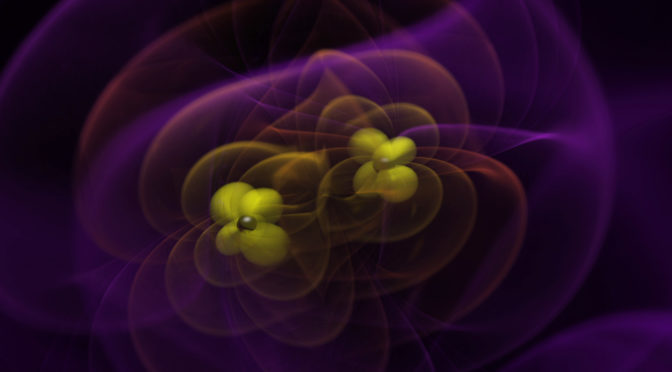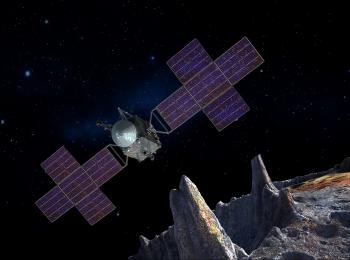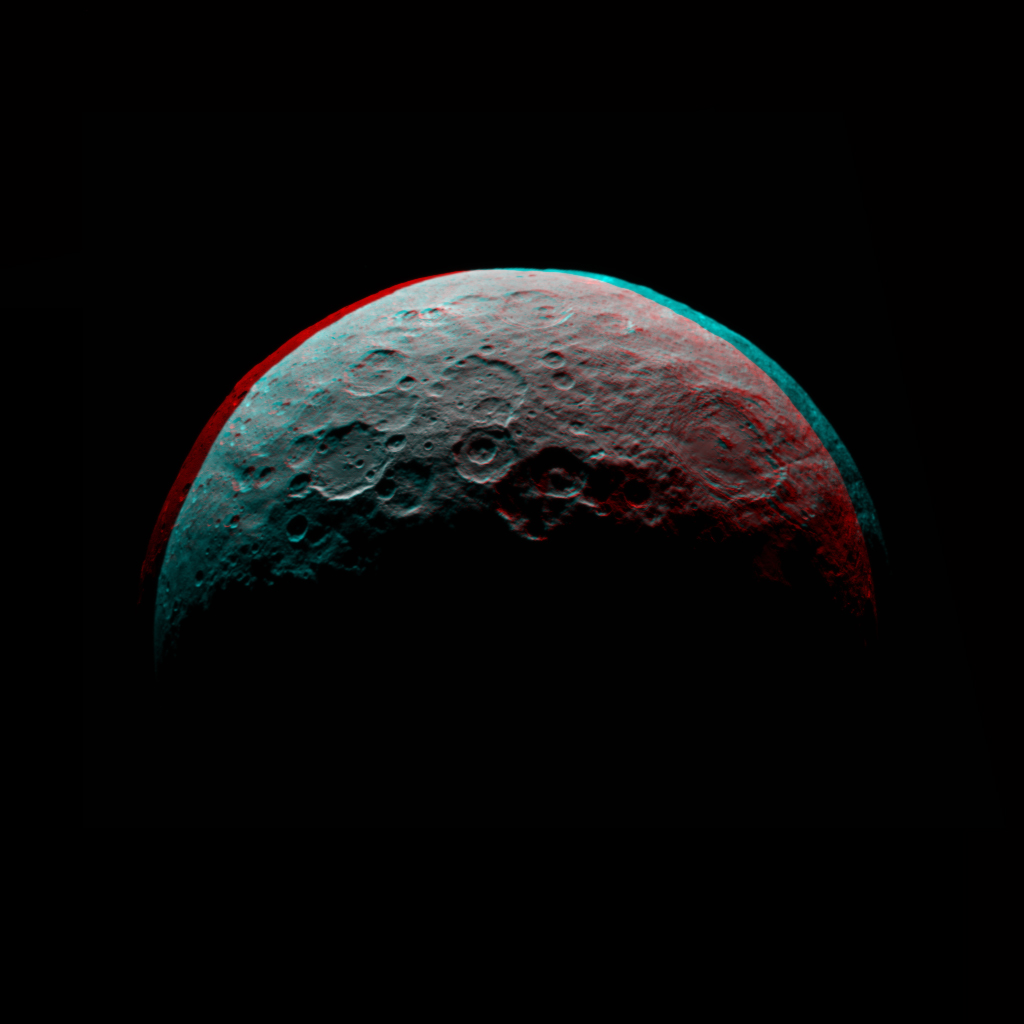This year’s Nobel Prize in Physics was awarded to three men, but the detection of gravitational waves was the work of a thousand scientists and students — 10 of them from Embry-Riddle Aeronautical University in Prescott.
Read/listen to my full story at KJZZ’s Arizona Science Desk:
Embry-Riddle Scientists, Students Contribute to Nobel-Winning Research




